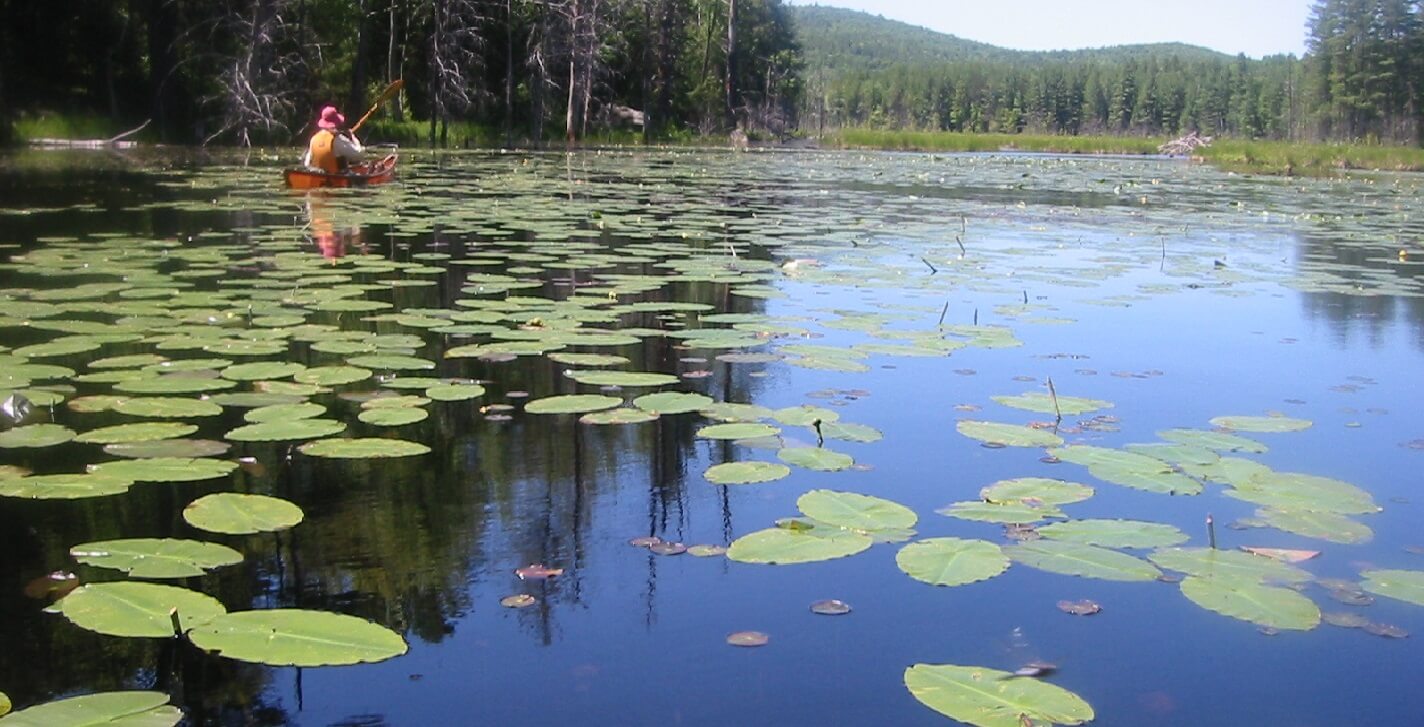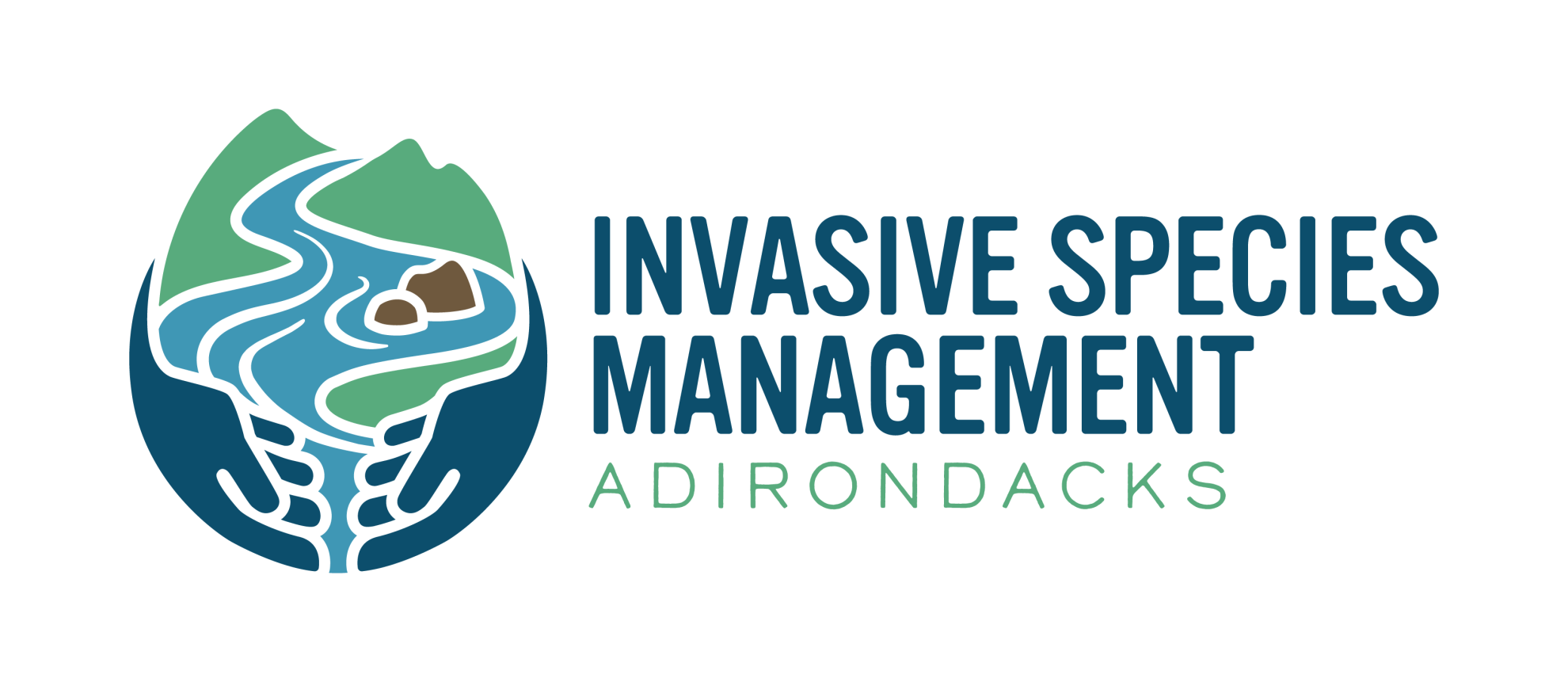Water Week, August Events, Forest Pest Hunters

Water Week, August Events, Forest Pest Hunters
Dear Partners,
In 1972 historic legislation was passed to protect our nation’s waters. The Clean Water Act is a powerful law that improved public health by helping to end the dumping of raw sewage and untreated industrial waste into our waterways. This week, the Paul Smith’s College Adirondack Watershed Institute (AWI) will celebrate the 50th anniversary of the landmark legislation with the kickoff of Adirondack Water Week. See some of the upcoming events below.
You can volunteer to protect Adirondack waters and forests. If you have not already joined Lake Protectors, don’t miss the last training of the season, which will be held in Speculator, NY, on Saturday, August 6. If you are interested in scouting for forest pests and pathogens, the Forest Pest Hunters program will start again in September with a training on how to search for beech leaf disease. Learn more about these volunteer opportunities below. And, if you missed our Managing Backyard Invasives webinar, the link to the recording can be found here.
Celebrate Our Waters Events
There are a lot of fun and educational events coming up across the Adirondack Park over the next few weeks. Many of them are part of Adirondack Water Week, a park-wide celebration of our aquatic resources. We hope you can join one of these events! Below are a few highlights.
- August 4, Inlet: Adirondack Waterfest is a family friendly hands-on expo hosted by Hamilton County Soil and Water Conservation District (HCSWCD) that will run from 10:00am- 2:00pm. There will be a variety of fun activities for kids and APIPP Program Director, Tammara Van Ryn, will be there with lots of information about aquatic invasive species.
- August 5, Paul Smiths’ College: Adirondack Lakes Alliance (ALA) Symposium, “Coming Together for the Good of our Lakes.” In this 7th ALA Symposium there will be keynote speakers and technical sessions to address many aspects of lake management and aquatic invasive species. The program runs from 8:30am – 4:00pm.
- August 5, Saranac Inn: Backcountry Water Monitors is a program of the Adirondack Mountain Club (ADK) that gives volunteers the skills to monitor remote ponds. Join ADK for this guided backcountry canoe trip to monitor for invasive species on Horseshoe Pond. Register here (there is a small fee).
- If you can’t make this event or want to do additional surveys, you can register for the August 21 survey of Rock and Pickerel Ponds here.
- August 6, Speculator: APIPP is hosting a Lake Protectors training from 1:00pm – 4:00pm to teach community scientists how to identify and report invasive species. APIPP Aquatic Invasive Species Coordinator Brian Greene will host this final 2022 Lake Protectors training. The training is a chance to refresh your aquatic invasive plant identification skills and learn how to monitor and report what you find. During this event, participants will learn how to sample aquatic plants with aquatic rakes. All registered participants who attend will get an aquatic rake to take with them, thanks to HCSWCD! To register click here.
- August 10, Saranac Lake: Join AWI for Sips and Science at the Hotel Saranac for fun discussions about the science of clean water.
- August 12, Bolton Landing: Join the Lake George Land Conservancy for a guided hike to a stream to learn about the ecology of the area.
APIPP’s Volunteer Forest Pest Hunters: Fall Surveys for BLD to Start September 15
Volunteer Forest Pest Hunters surveyed more than 400 sites for hemlock woolly adelgid this past spring. Thank you! The program will start up again this fall. APIPP is looking for volunteers to help search for beech leaf disease (BLD). A training webinar will be held on September 15 at 10:00am. Registration information will be posted soon on www.adkinvasives.com.
In late June, the NYS Department of Environmental Conservation (NYSDEC) confirmed the first infestation of BLD in the Adirondacks in Herkimer County. The disease was first identified in Ohio in 2012 and much about it, including the full cause of it and how it spreads, is still unknown. We do know it affects and kills both native and ornamental beech tree species, which is a cause for concern since beech trees are prevalent in Adirondack forests. See this NYSDEC fact sheet for information about how to identify BLD. The NYSDEC website also has some great photos of “look alikes” that can be mistaken for BLD. If you think you have spotted diseased trees, please take a picture and upload it to iMapInvasives or send it to APIPP.
Thank you for all you do protect the Adirondacks from the negative impacts of invasive species.
Tammara

